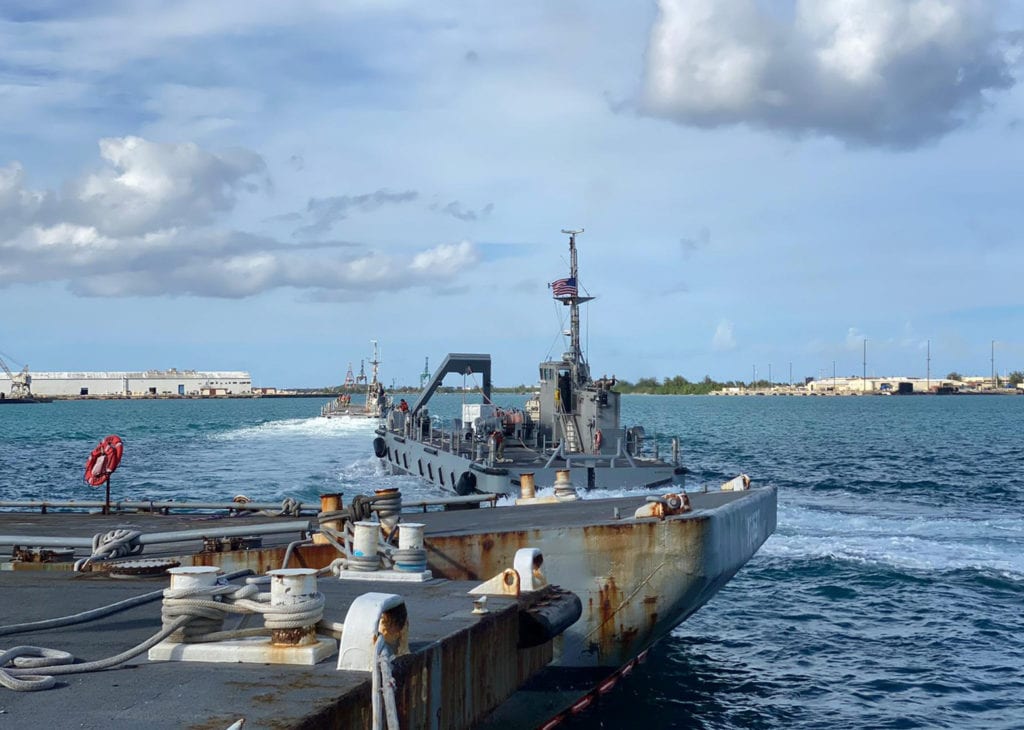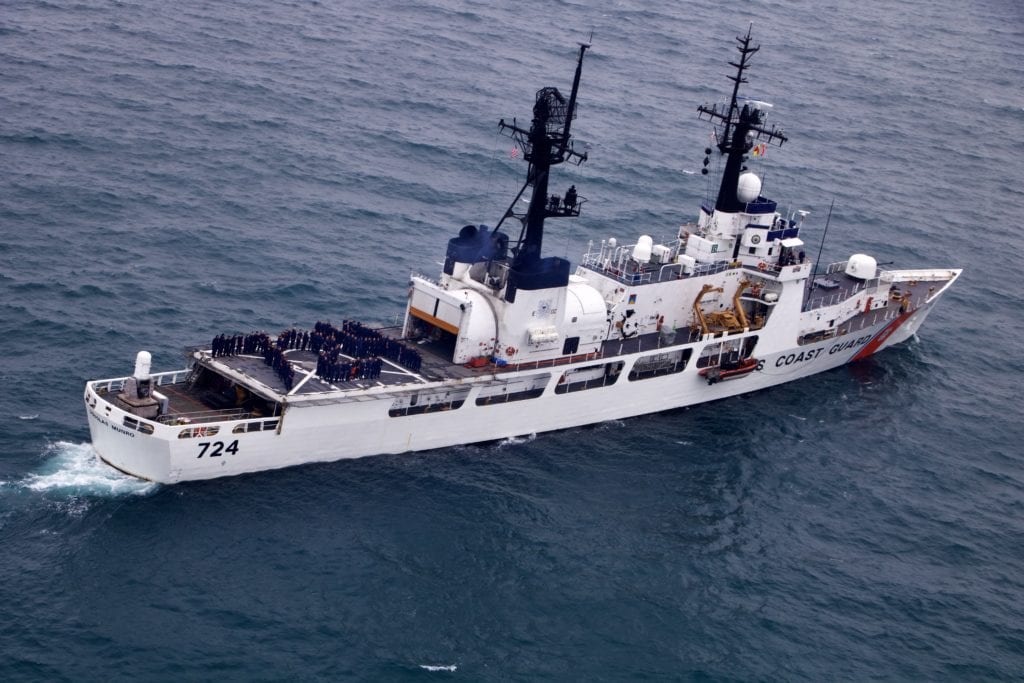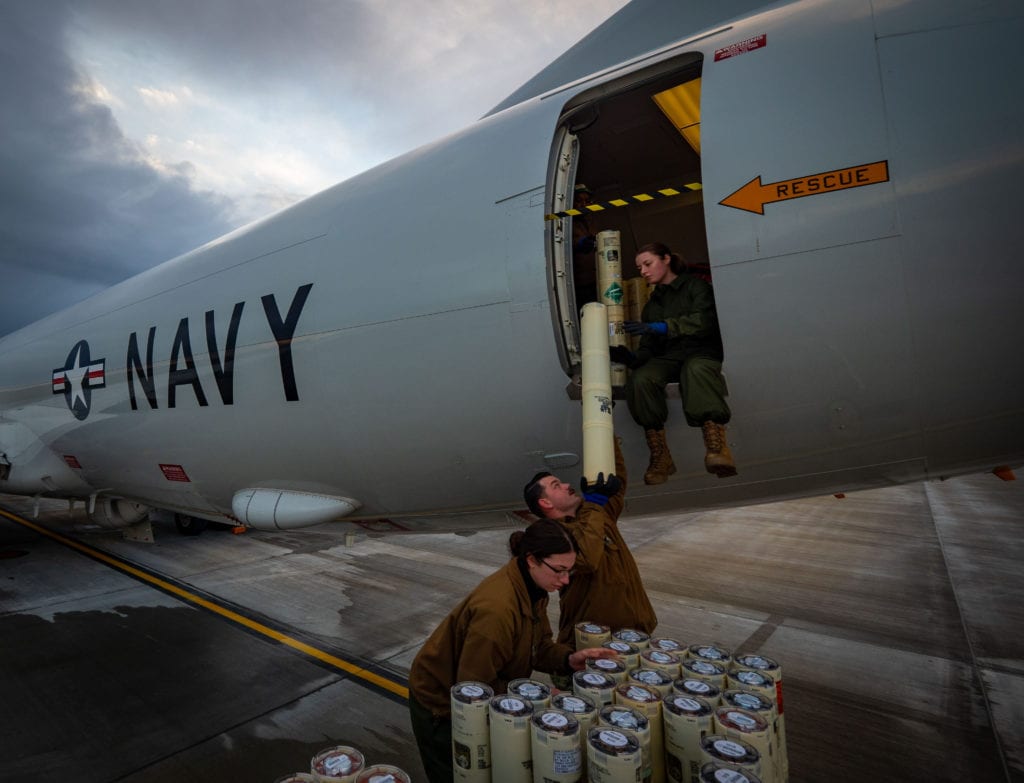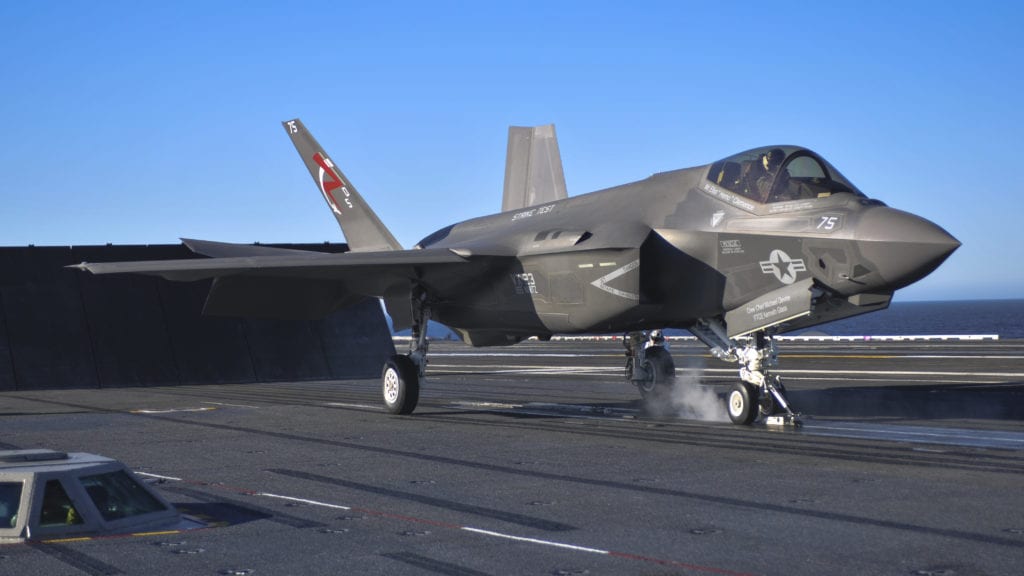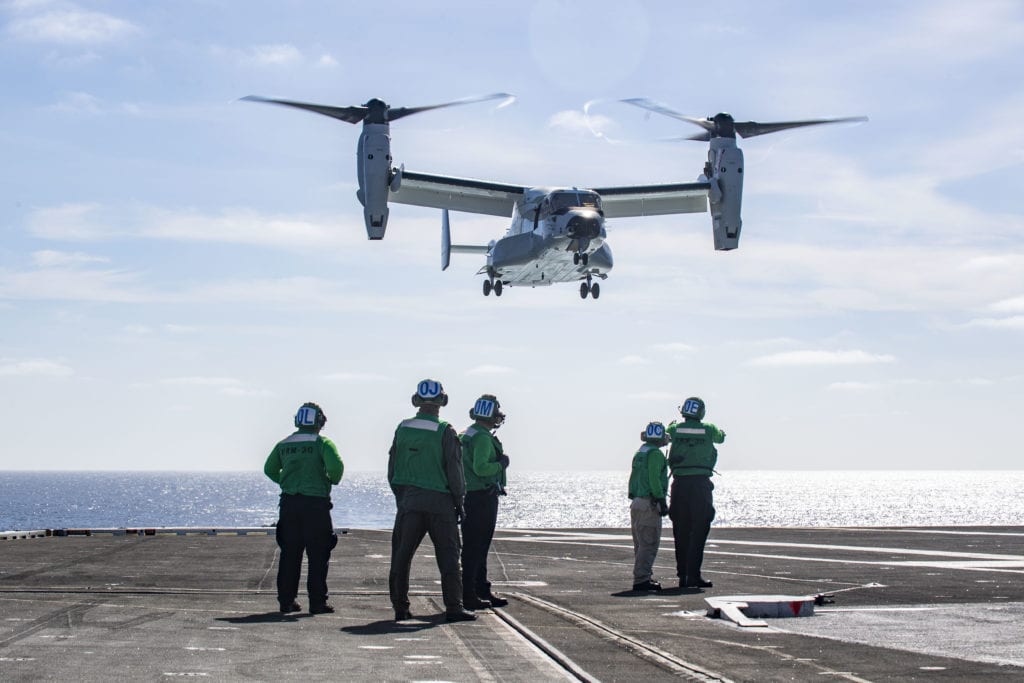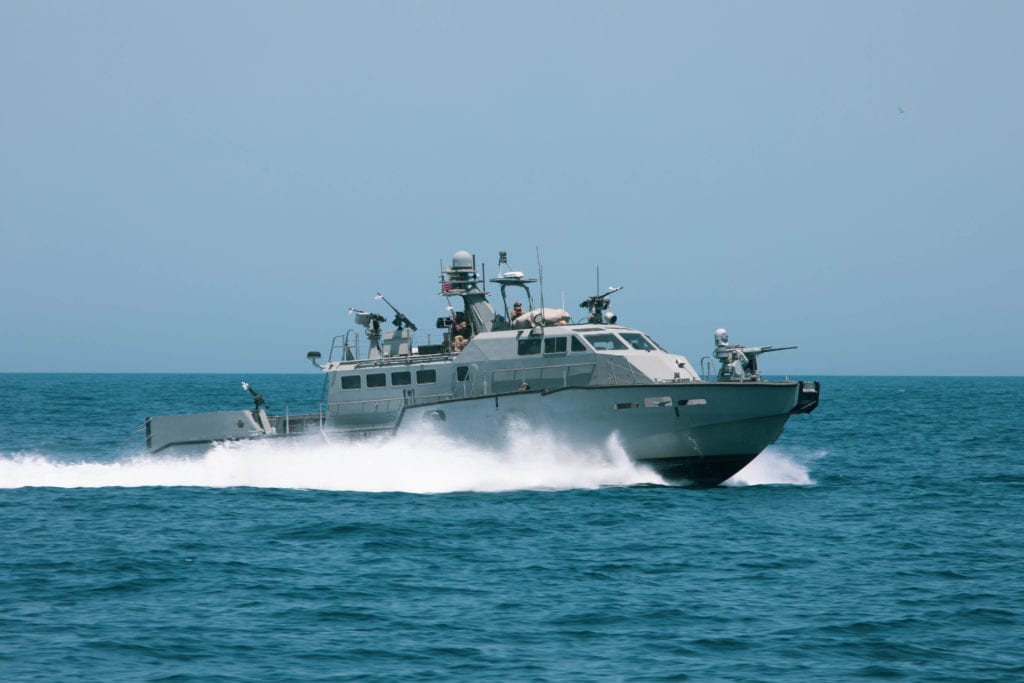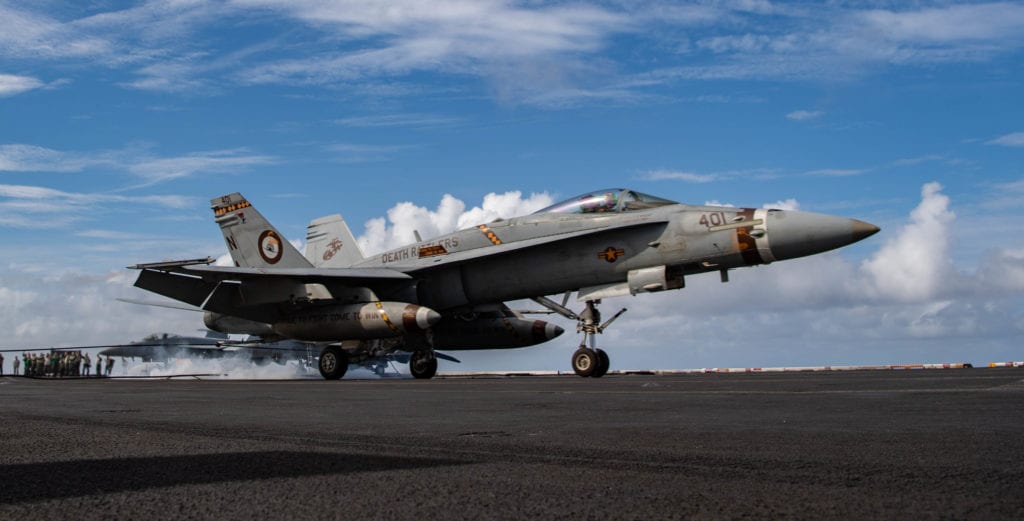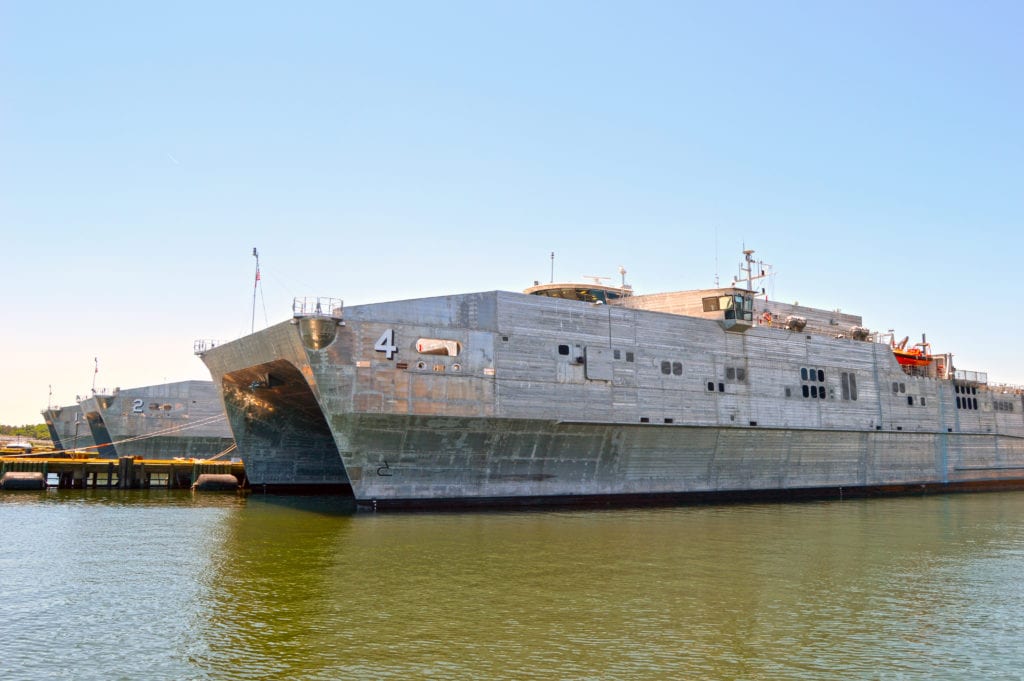Naval Technology Processes Misaligned, Research Admiral Says

ARLINGTON, Va. — The admiral in charge of naval technology research said he is looking hard at the processes of technology development to see how they can be refined to speed development.
“We are not structurally aligned to move that tech as fast as we need it moving,” said Rear Adm. Lorin Selby, chief of naval research (CNR), speaking March 8 in a webinar of the National Defense Industrial Association’s Pacific Operations Science and Technology Conference. “We’re going to develop the tech, and I’m convinced that more of this probably will happen on the industry side than the government. It will be a partnership but it’s primarily going to be driven by the dollar, the profit of these things coming down the pike. I get concerned about the structural alignment of our processes — that I think are misaligned, with the pace we’re trying to get at.”
Selby said improvements can come through the budget and executive and legislative action, but “It’s in the way we insert tech in the acquisition pipeline from different places” that he is focused on.
“Looking back over the last 20 years or so, we have tried to put in place ‘HOV lanes’ around the traffic, things like DIU [Defense Innovation Unit] are things primarily intended to go around the congestion,” he said. “The problem is they invariably have to start in the congestion or they totally merge back into it just because they have to; that’s the way it works. There are some structural issues there that we need to go after.
“Let’s face it: we’re still operating like it’s 1985 or something,” Selby said. “It worked great in 1985. For the most part, for big high-ticket things, it still works pretty well today — aircraft carriers, submarines, fighter-bombers. Could you make some tweaks? Yeah, you could. Fundamentally, when you talk about high-tech payloads, the software, the things that are really going to be the game changers — that’s where we’ve really got to look hard at the structure and figure out ways to make some alterations.”
Selby, said “there are some things that could be done within the existing lifelines, changing the way some of the A to B to C works. It has become so complex that it’s hard for any one program manager to figure out to manage all of this. There are so many relationships. We need to go back to a simpler, more linear approach. We’d actually go faster.”
The CNR, a submarine officer who has been a program manager, chief engineer for the Naval Sea Systems Command and head of a warfare center, said his experience give him a perspective of the whole life cycle of technological systems.
“I’ve seen the entire flash of an idea all the way to the disposal of the thing at the end of its life,” he said.
